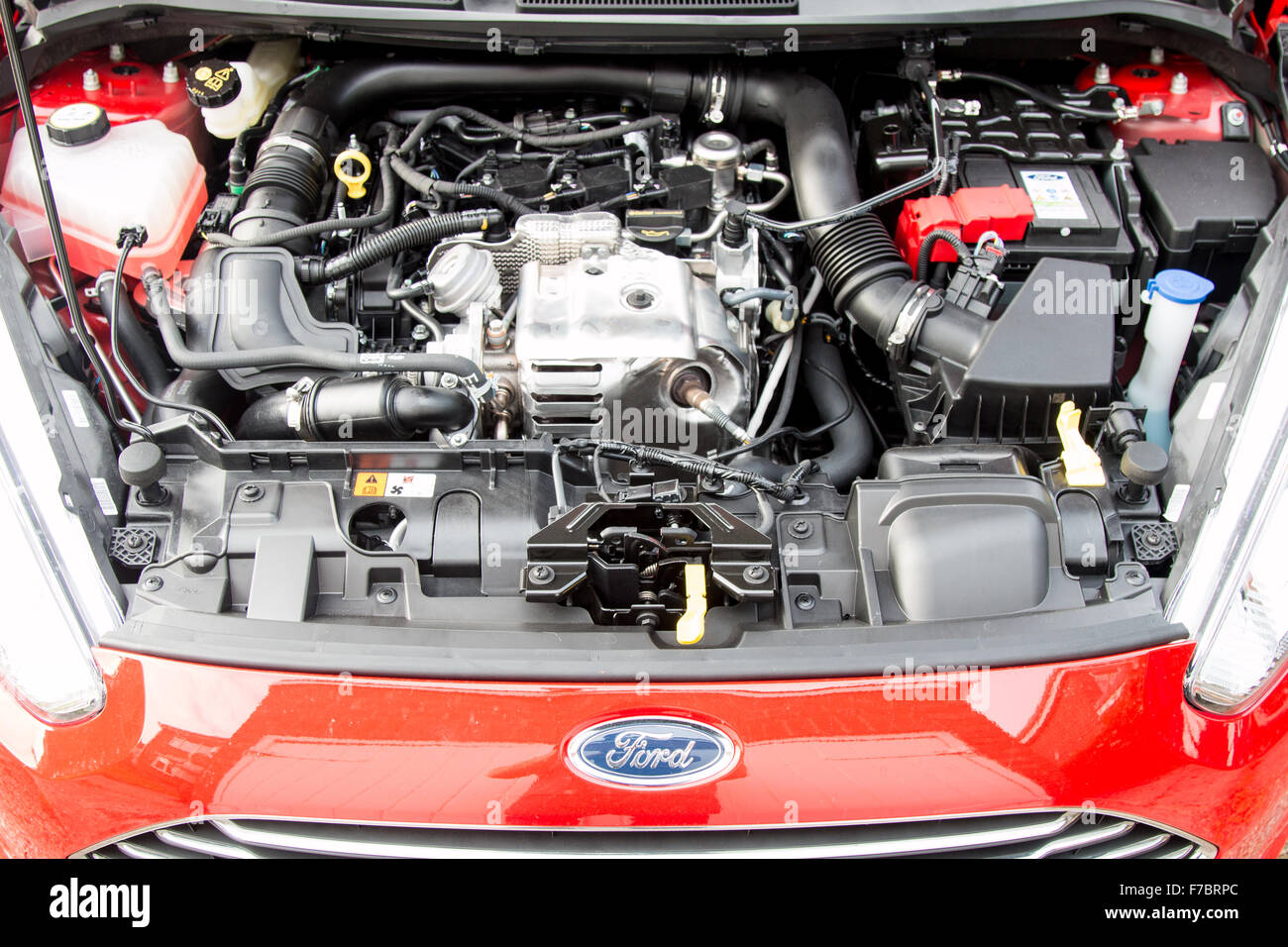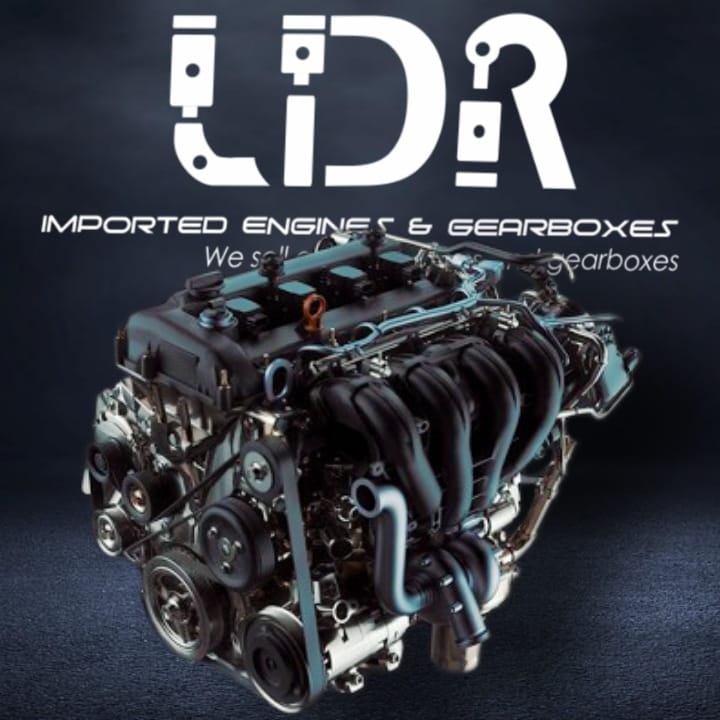How to Maintain Your Ford Fiesta Engine for Long-Term Performance
How to Maintain Your Ford Fiesta Engine for Long-Term Performance
Blog Article
The Future of Engines: Technologies Driving Lasting Power Solutions
As the automobile sector navigates the crucial shift in the direction of sustainability, the future of engines is progressively specified by groundbreaking developments. Electric engine developments, along with appealing growths in hydrogen fuel cells and biofuels, are reshaping the landscape of power solutions. The appearance of hybrid systems better complicates this development, presenting both possibilities and challenges to decrease exhausts effectively. Combined with the assimilation of expert system in engine style, these technical strides raise important questions about their lasting viability and influence on conventional paradigms. What might this mean for the market and consumers alike?
Electric Engine Developments
The development of electrical engine advancements represents a critical change in the aerospace and vehicle industries, driven by the urgent requirement for sustainable alternatives to nonrenewable fuel sources. This shift is characterized by substantial improvements in battery innovation, power electronic devices, and electric motor layout, which collectively improve the effectiveness and efficiency of electrical engines.
Current advancements have actually caused the development of lighter, more energy-dense batteries, such as lithium-silicon and solid-state batteries, which assure longer ranges and much shorter billing times. Furthermore, enhancements in electric motor efficiency, such as using permanent magnets and progressed cooling systems, allow electrical engines to operate properly under varying problems. These enhancements not only enhance car performance however additionally add to a reduction in general energy intake.
Moreover, the integration of advanced software program algorithms has maximized power management in electrical vehicles, permitting regenerative braking and predictive charging approaches. As producers significantly accept electric propulsion, the automobile and aerospace sectors are witnessing a paradigm shift towards greener technologies. This development not only fulfills regulative needs yet likewise straightens with customer choices for eco-friendly transport options, solidifying electrical engines as a foundation of future lasting movement.
Advancements in Biofuels
As the aerospace and vehicle sectors progressively prioritize lasting power sources, improvements in biofuels become a corresponding remedy to electric engines. Biofuels, stemmed from natural products such as crops, waste, and algae, offer an innovative method for minimizing greenhouse gas exhausts and reliance on nonrenewable fuel sources.
Current research has focused on boosting the effectiveness and sustainability of biofuel manufacturing. Second-generation biofuels use non-food feedstocks, lessening competitors with food supply and lowering ecological influence. Improvements in artificial biology have allowed the engineering of microbes to produce biofuels a lot more efficiently, leading to higher yields and lower production prices.
Additionally, the growth of drop-in biofuels permits smooth assimilation right into existing facilities, making it possible for a smoother shift for industries typically based on fossil gas. ford fiesta engine. These fuels can be made use of in current engines without adjustments, facilitating their adoption throughout various fields
Investments in biofuel technology, along with helpful policies, are necessary to drive advancement and scalability. As the international area seeks to battle climate modification, biofuels provide a pragmatic, instant option that straightens with the overarching objective of sustainability in transportation and aeronautics.
Hydrogen Fuel Cell Technology
A growing number of scientists and firms are checking out hydrogen fuel cell innovation as a feasible option to conventional source of power in transportation and energy systems. This technology transforms chemical power from hydrogen right into electricity through an electrochemical response, with water as the only byproduct, making it an eco-friendly alternative.
The core of hydrogen gas cells is the fuel cell stack, where hydrogen particles are divided into protons and electrons. The flow of electrons generates power, while protons relocate with a membrane layer to combine with oxygen from the air, creating water. This procedure results in high performance and reduced exhausts, positioning hydrogen fuel cells as a vital gamer in the transition to lasting power.
Considerable innovations have been made in boosting the durability and effectiveness of gas cells, alongside lowering prices with ingenious manufacturing techniques. The growth of hydrogen manufacturing techniques, such as electrolysis powered by eco-friendly power sources, enhances the sustainability of the overall system. As framework for hydrogen refueling expands and manufacturing techniques become more efficient, hydrogen gas cell modern technology holds excellent pledge for decarbonizing various fields, consisting of sturdy transport and fixed power generation.
Hybrid Equipments and Their Influence
Hybrid systems represent a considerable evolution in sustainable engine click this site modern technology, combining standard inner burning engines with electric propulsion to maximize power performance and decrease discharges (ford fiesta engine). This double strategy allows automobiles to use both source of power, allowing better flexibility in energy intake and decreasing dependence on fossil fuels

In enhancement to environmental advantages, crossbreed systems use customers a sensible change in the direction of totally electric cars. They reduce array anxiousness by integrating the comfort of fuel with the benefits of electrical propulsion, making them an attractive option for a wider audience.
The Function of AI in Engine Layout
Leveraging innovative formulas and maker learning techniques, the vehicle sector is significantly integrating expert system (AI) into engine layout procedures. AI enhances the effectiveness and efficiency of style by evaluating substantial datasets to determine optimal configurations and performance criteria. This capacity allows engineers to imitate different operating problems and forecast engine behavior under multiple situations, considerably lowering the time and expense related to traditional prototyping methods.
In addition, AI assists in the published here advancement of advanced products and burning processes tailored for sustainability. By optimizing gas efficiency and lessening emissions, AI-driven designs line up with worldwide initiatives intended at lowering the carbon impact of auto engines. Artificial intelligence algorithms can additionally forecast maintenance requirements, causing boosted integrity and durability of engine parts.
Furthermore, AI contributes in the integration of electrification innovations, such as crossbreed systems, where it can optimize battery administration and energy healing procedures. continue reading this As the industry moves in the direction of more lasting power solutions, the role of AI in engine layout comes to be significantly essential, driving development and improving the performance of future engines. Inevitably, the cooperation in between AI and engine layout heralds a new era of smarter, cleaner, and much more effective automobile technologies.

Conclusion
In conclusion, the future of engines is being formed by a convergence of cutting-edge modern technologies that focus on sustainability. Electric engine improvements, biofuel advancements, hydrogen gas cells, and crossbreed systems jointly contribute to a substantial reduction in discharges and ecological impact.
Electric engine improvements, together with encouraging advancements in hydrogen fuel cells and biofuels, are reshaping the landscape of power remedies. In addition, improvements in electric motor effectiveness, such as the use of irreversible magnets and progressed cooling systems, allow electric engines to run effectively under varying conditions. By maximizing fuel performance and lessening emissions, AI-driven styles line up with worldwide campaigns intended at lowering the carbon footprint of auto engines. As the sector relocates in the direction of even more lasting power options, the duty of AI in engine style ends up being increasingly important, driving development and improving the efficiency of future engines. Electric engine advancements, biofuel growths, hydrogen gas cells, and crossbreed systems collectively contribute to a substantial decrease in emissions and ecological influence.
Report this page